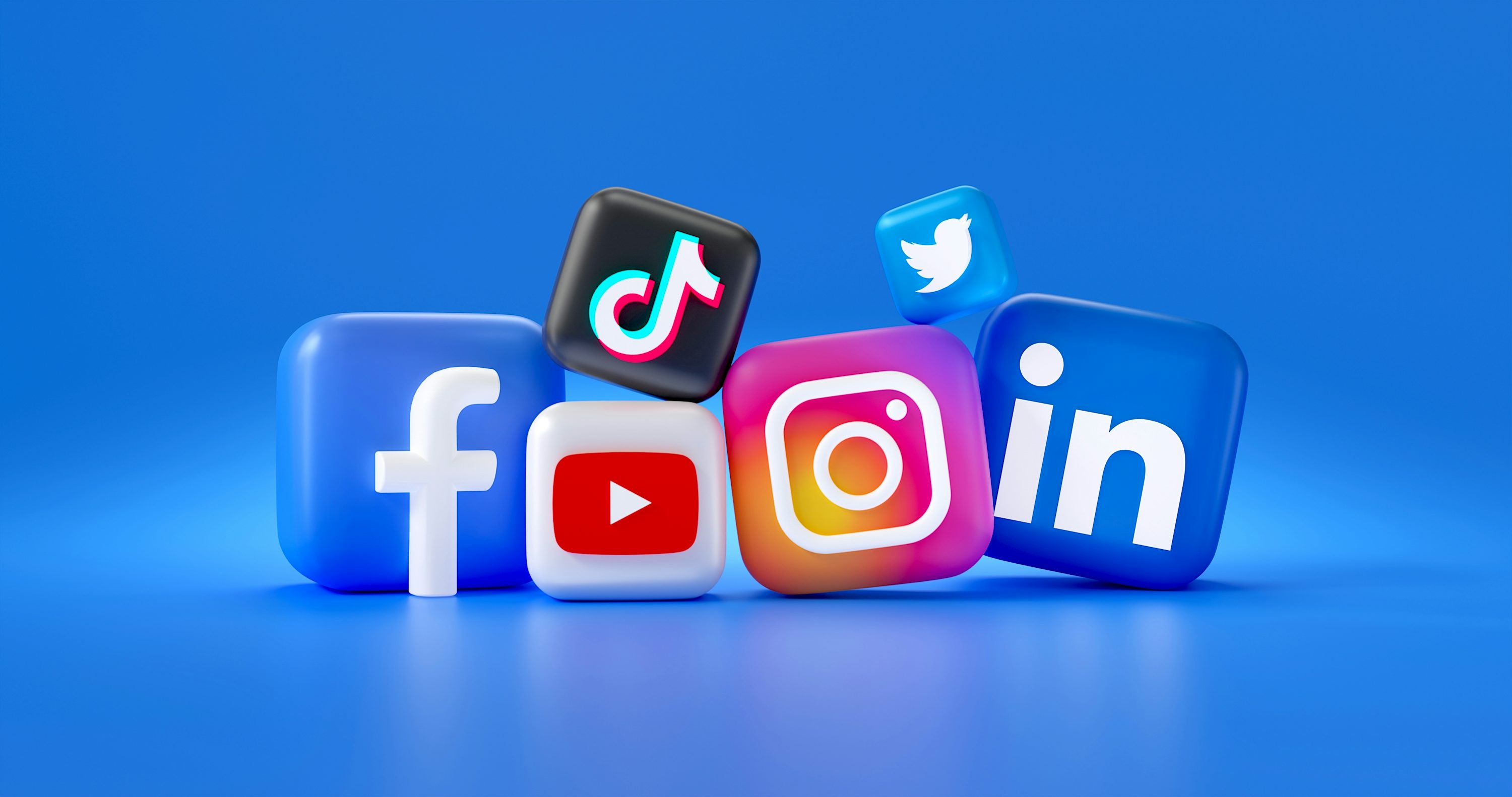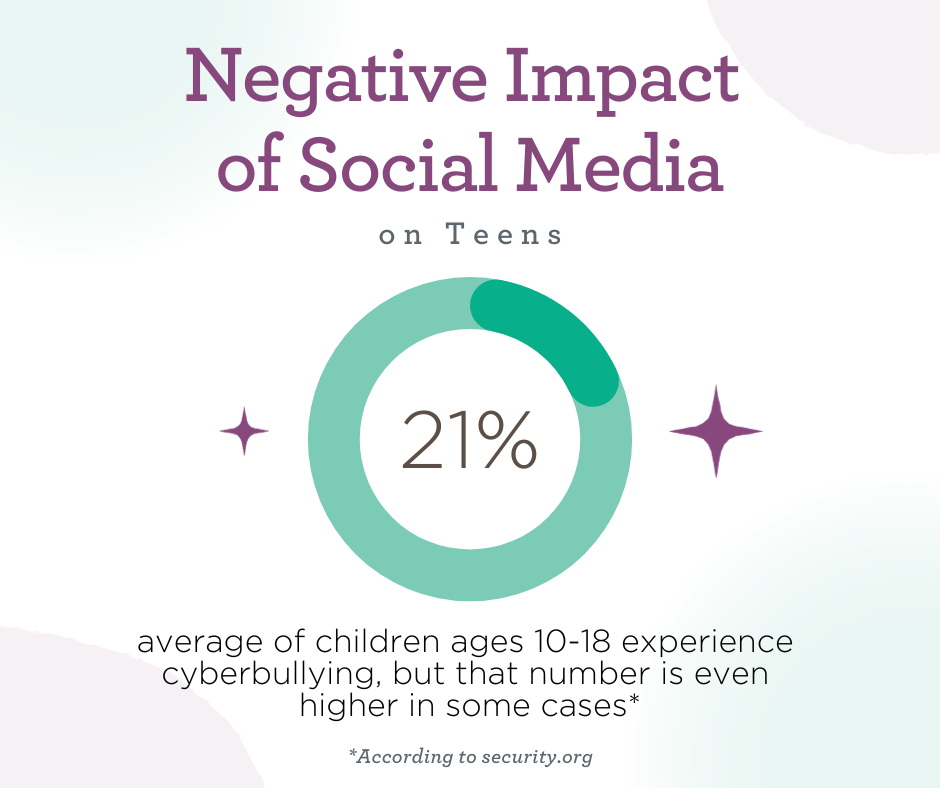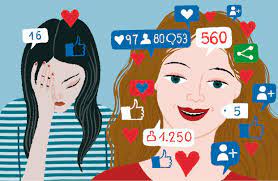Social Media
Why did they catch on and spread?
Social media offered clear advantages over previous forms of communication, such as email, phone calls, or traditional media. It allowed users to connect with others instantly and share their lives, ideas, and opinions. It also gave small and large businesses another way to advertise to customers directly and personally.
Why did so many people become early adopters?
People want to be part of something new and participate in it. They must build an online presence and connect with others in their field. Social media is an excellent tool for promoting their personal brands or businesses.
Why are some people late adopters? Or not adopters at all?
There are several ideas on why people can be late adopters. You can be a part of a market that has not been reached yet, or certain social media may be for certain age demographics, with Instagram being for primarily younger people, X for older people, and Facebook (sorry) primarily for people above the age of 10. Some people also avoid these platforms because they are wary of how their personal data will be used or exploited.
What about the downsides? Do you see any negative consequences of the technology?
I honestly primarily don't use social media. I mainly use it to communicate with people and to watch videos or news. I don't Post very much, nor do I do Streaks (sending a picture to your friend daily to keep a number up on Snapchat). You might have concerns about the impact of social media on your mental well-being, particularly regarding comparison, self-esteem, or addiction.
For example, why am I not on Facebook, Twitter, Instagram, or any other social media?
You may not be on it because you are of a certain age, as certain social media are designed for specific demographics. You may also not want all your personal data to be used or exploited by data brokers. You might also be concerned about your mental well-being, as stated before. You might prefer a life with less digital clutter. What I mean is to avoid the constant barrage of notifications, updates, and curated content.
Would the positive outweigh to negative?
You may benefit from the ease of staying connected with friends, family, and professional networks. Other social media platforms, such as LinkedIn, can be used for good, allowing you to build a personal brand or promote a business.
How do you weigh that cost-benefit analysis with a new communication technology?
We need to weigh the cost-benefit analysis of adopting social media. You must consider your goals: Are they for staying connected, professional networking, or accessing information? Once you figure that out, you must assess the potential downsides, such as mental health impacts, privacy concerns, and time spent. It may be worth adopting if the benefits align with your goals and you can manage the negative aspects. However, if the downsides, such as privacy loss, may outweigh the positives, staying off or using it selectively might be better. Balancing both is key.








